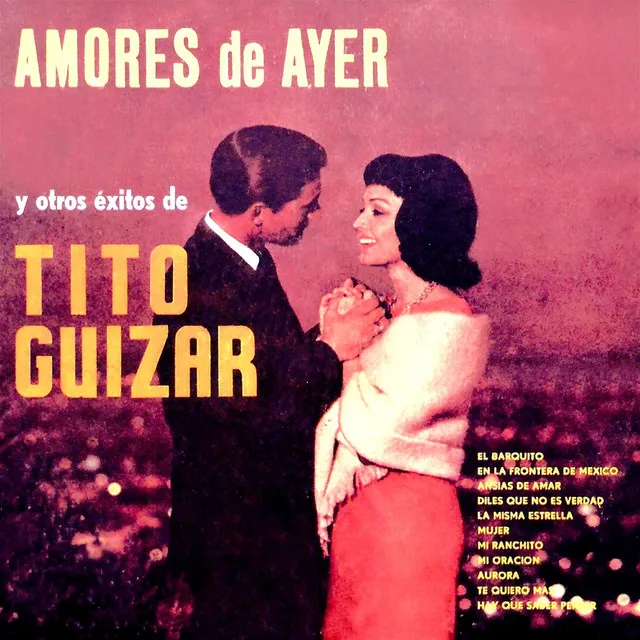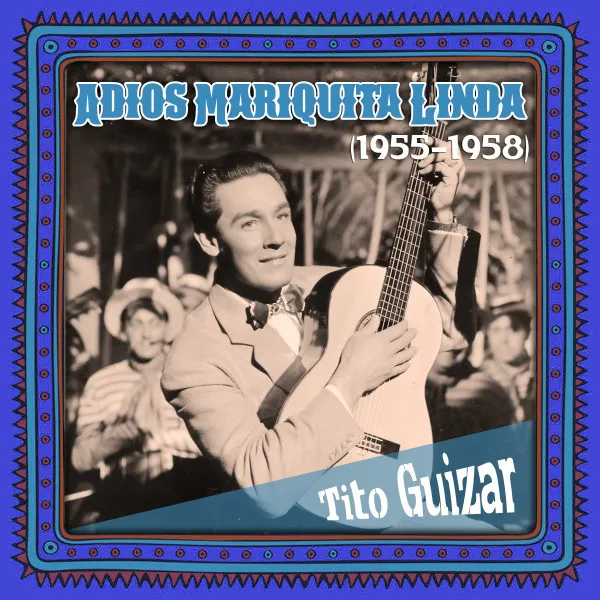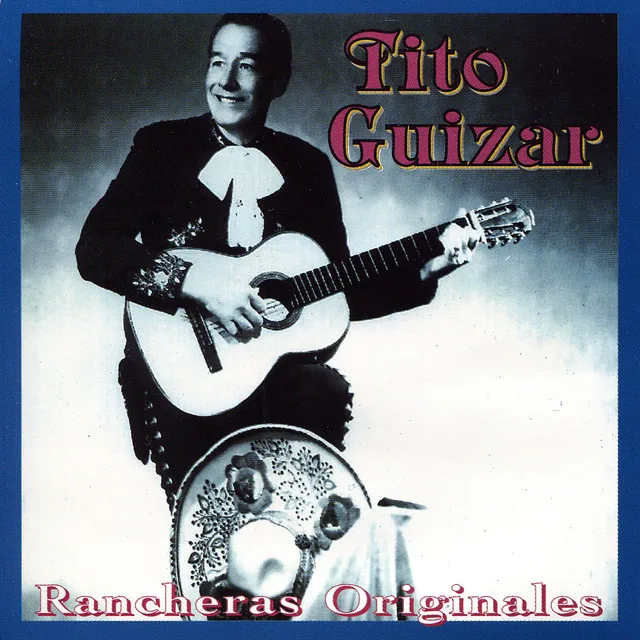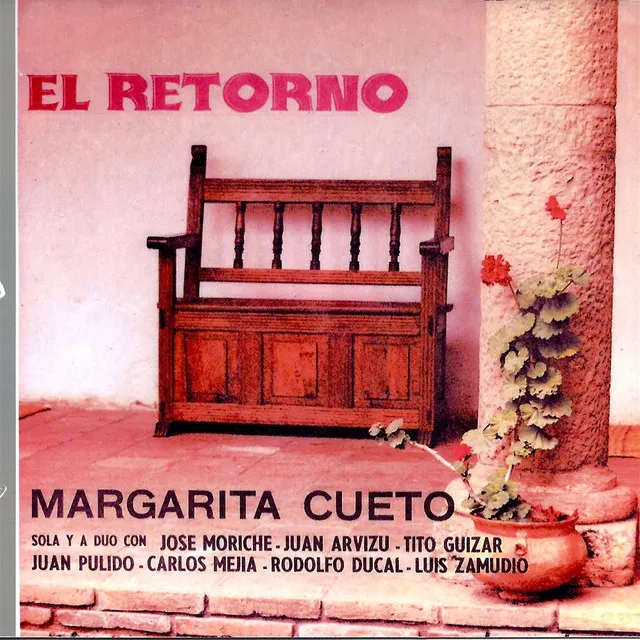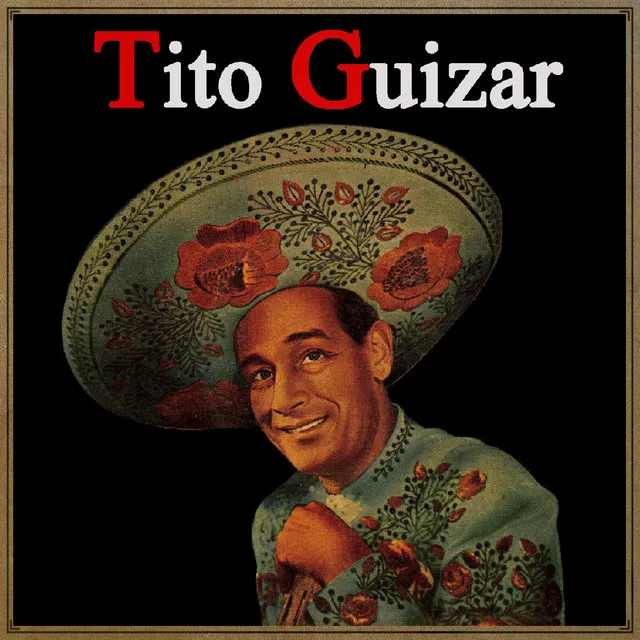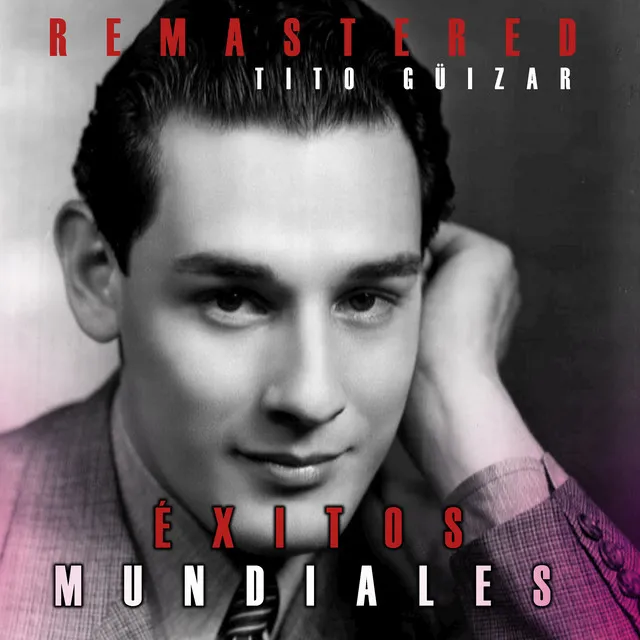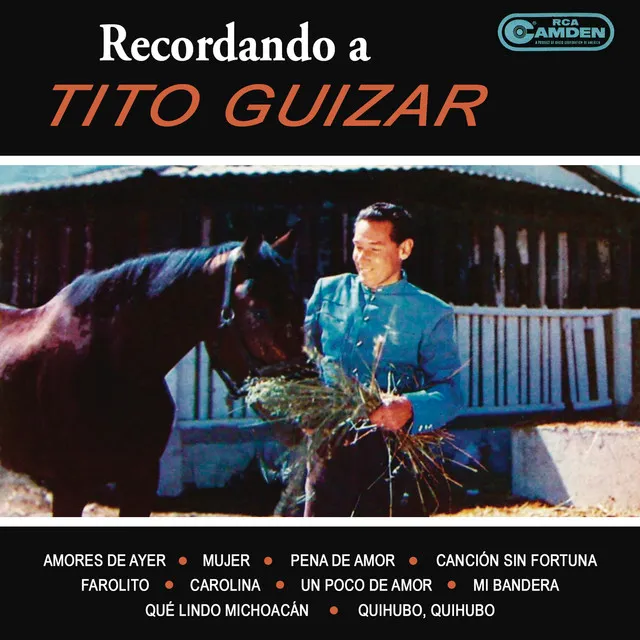The first Spanish-speaking singing cowboy on the big screen in Hollywood, Tito Guizar was Mexico's answer to Gene Autry, and rated highly enough to make movies alongside Roy Rogers. In Mexico, however, he was an even bigger star, attracting legions of young women in a manner akin to Frank Sinatra, and later becoming virtually a media institution as a film and television star and songwriter as well as singer. Born Federico Arturo Guizar Tolentino to a conservative Catholic family in Guadalajara, he studied singing over the objections of his father. In 1929, at the age of 20, with his rich, pleasing tenor voice, good looks, and haunting eyes, Guizar (who went by the stage name Tito) came to the attention of Emilio Azcarraga Vidaurreta, a Mexican media mogul who sent him to New York to record. His repertory for those sessions was composed by a neophyte songwriter named Agustin Lara, who became one of Mexico's most popular composers of the '30s and '40s. Those recordings were successful, and Guizar spent the next six years in New York, performing in private clubs and on his own Spanish radio show, Tito Guizar and His Guitar, which gave him massive exposure. He took his singing very seriously and continued training his voice, studying with several opera coaches, but Guizar's first love, ahead of opera, was the cowboy (or ranchera) songs of the Mexican cattle state Jalisco. He made his life in the city, marrying singer Carmen Noriega in 1932 in New York. Guizar was sufficiently in demand in the mid-'30s to merit performances at Carnegie Hall, where he insisted on mixing operatic repertory in the first half with Mexican cowboy ballads.
He made his screen debut as a specialty act in the 1935 Fox Studios film Under the Pampas Moon, which starred Warner Baxter and which was notable as the screen debut of Rita Cansino aka Rita Hayworth. Guizar might've found a small niche as a specialty musical act in movies, but for a happy accident that occurred a year later, when he returned to Mexico to star in a movie (Alla en el Rancho Grande aka Out There on the Big Ranch) -- intended for the Mexican film market, it was a hit south of the border, but it also found an audience in the United States, returning unexpected grosses in Spanish-language theaters on the American side of the border. Indeed, it became the first Mexican western to find reasonably wide distribution in the United States. Guizar saw an opportunity and took advantage of it, learning English well enough to work in American movies. He came to Hollywood in 1937, appearing in the Paramount feature The Big Broadcast of 1938 (notable as Bob Hope's screen debut). Early the next year, he appeared in Tropic Holiday, and early the next year, Guizar graduated to starring roles with St. Louis Blues aka Best of the Blues. He followed this with starring roles in The Llano Kid in 1939 for Paramount, and a key supporting part in Blondie Goes Latin at Columbia (1941). Guizar's popularity exploded during the early '40s as he became even more active in Hollywood. By 1945, he had been signed by Republic Pictures, where Gene Autry and Roy Rogers had both become stars, as the studio's latest singing cowboy. He starred first in vehicles of his own such as Mexicana (1945) -- playing a role reflecting his real-life status, as "the Frank Sinatra of Mexico" (in the words of film scholar Leslie Halliwell) --a vehicle aimed at both the American and Mexican markets. Guizar later worked alongside of Rogers in On the Old Spanish Trail (1947) and The Gay Ranchero, sharing star billing with the studio's biggest screen attraction. Between his Mexican and American screen careers, Guizar estimated that he had made more than 50 movies over a period of nearly 30 years, and subsequently found a second acting career on television in Mexico on Mari Mar and other night-time soap operas. In 1990, Guizar made a recording comeback with help from producer Jose Escamilla. Guizar became a major star on television during the final 15 years of his life, but to listeners with long memories, he was associated with some of the most popular versions of songs such as "Alla en El Rancho Grande," "Cielito Lindo," "Maria Elena," "Guadalajara," and "Jalisco," as well as "South of the Border" and "What a Difference a Day Makes." He also occasionally wrote songs, some of which appeared on the soundtracks of his movies. At the time of his death at the end of 1999, Guizar was among the last of the movies' singing cowboys and the last surviving singing star whose career dated to the '20s. ~ Bruce Eder, Rovi

